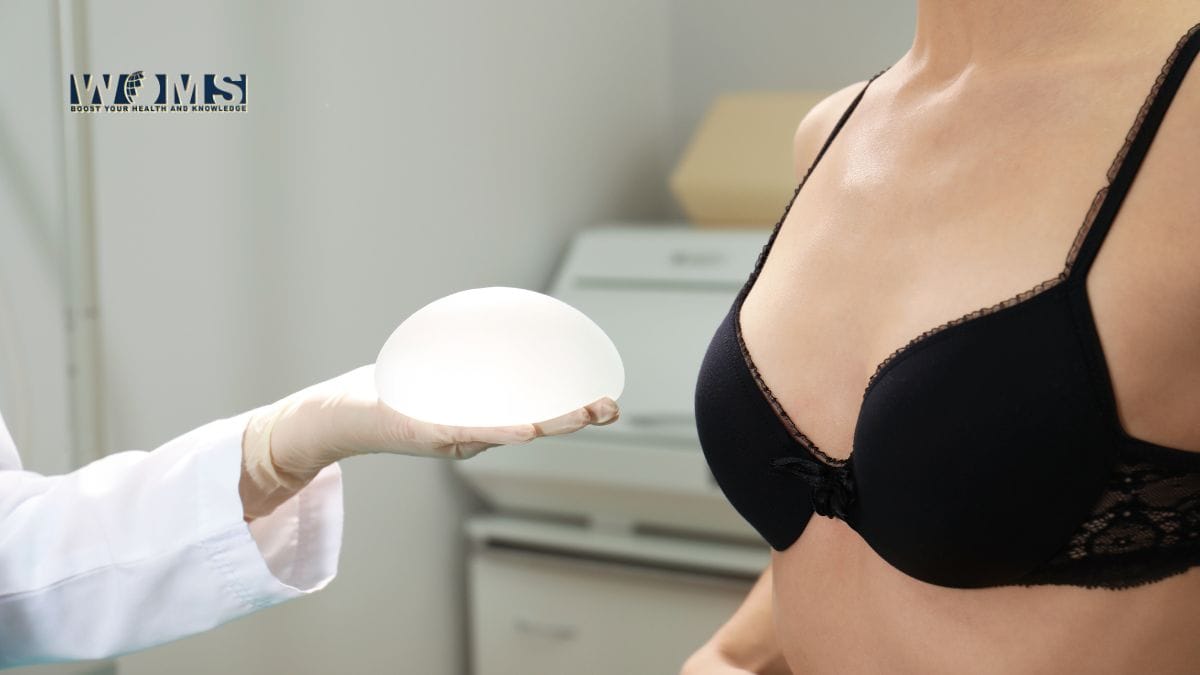How Long Does Breast Augmentation Last? When Should They Be Replaced?

Breast augmentation is one of the leading cosmetic procedures in the United States, with many women interested in the added curves and definition the surgery brings. Although it’s a commonly performed surgery, many misconceptions surround breast implants, including their placement, appearance, longevity, and replacement procedures. In fact, many myths about breast augmentation can be easily disproved.
For instance, a common misconception is that breast implants will always appear fake. While this may have been true decades ago, with modern technology, breast implants can look natural and subtly enhance the breast tissue. Additionally, many believe breast implants can cause loss of feeling or sensation in the nipples. While some patients may experience loss of nipple sensation for a short time, it is usually not permanent and can be avoided through specific techniques.
One of the largest misconceptions is the longevity of breast augmentation. Breast implants are not permanent and will likely not last forever. They require upkeep, care, and replacement surgery after many years. However, with modern technology and the constant advancements in cosmetic surgery, breast implants last much longer than they used to and maintain a much lower risk of rupture. Patients can enjoy their implants for decades and don’t need to worry about potential rupture. With good information, care, and the right cosmetic surgeon, breast augmentation can immensely enhance a patient’s life.
Different Types Of Breast Implants
It can be challenging for many patients to navigate the various choices that go into a successful breast augmentation. Although there are various types of breast implants, understanding the differences can help patients make the choice that fits their unique needs and overall outcome. There are two primary types of breast implants: silicone and saline.
While saline and silicone breast implants have differing techniques and appearances, they can each provide incredible benefits. Saline implants have a shell made from silicone but are filled with sterile saline water before the procedure or during the placement. They create a rounder appearance, which some patients don’t prefer, as they can look more unnatural on certain body types. Saline implant rupture does pose a higher risk than silicone, but the risk is still relatively low. Additionally, if the implant ruptures, the saline is safe for the body as it occurs naturally.
Silicone breast implants have a wide variety of options due to the nature of the silicone gel inside the shell. They can appear more natural, forming the shape of the breast tissue, and have another type of implant within their category. Gummy bear implants are a firmer type of silicone that provides added protection and shape. They come in a teardrop shape, which mimics the natural curve of breast tissue, and are the least likely to rupture due to the dense interior. They are typically the most costly of all implant types. Overall, silicone implant rupture is less likely but can be harder to detect due to the thick gel.
Both implants require different methods of incision and placement, all of which should be considered before selecting an implant type. Each implant type has benefits and risks, so consulting an experienced surgeon is essential. The right cosmetic surgeon will be able to understand your genetic composition and goals to help you find the perfect implant.
How Long Do Breast Implants Last?
The general lifespan of breast implants relies on different factors. Implant type, upkeep, genetics, and lifestyle can impact the length of time implants remain intact. Both implants have a similar lifespan, but saline implants tend to last ten to fifteen years, while silicone can last ten to twenty. However, as the generations of breast implants progress, many silicone implants can last for two decades.
The most important aspect of breast implant longevity is patient dedication to care and upkeep of the implants. Women should monitor their implants, wear supportive undergarments, and attend all yearly check-in appointments with their surgeons. Additionally, scheduling MRIs or ultrasounds can help patients avoid implant complications, especially those with silicone implants.
Implant rupture can be caused by sudden impact to the breasts, tears in the shell that can develop over time, or excessive pressure placed on the breasts. If a breast implant ruptures, the patient must undergo breast implant replacement surgery or remove them. The right plastic surgeon can replace the implants and ensure the patient’s safe and stunning results.
Reason For Breast Implant Replacement Or Removal
A patient may require or want breast implant removal or replacement for numerous reasons. Some reasons include:
- Hardening of scar tissue around the implants. This can cause discomfort, tightness, and unwanted changes in breast tissue.
- Silicone implant rupture or saline implant rupture. This can lead to deflation with saline implants and the leaking of silicone implants. Both need immediate replacement or removal.
- Rippling or wrinkles in the breast tissue that can be seen underneath the skin.
- Implant shifting that can be caused by aging or weight fluctuation.
Additionally, some patients wish to change the size or type of their implants after a few years. No matter what the patient chooses, a skilled cosmetic surgeon can solve any complications and restore the beautiful shape of the implants.
How Do I Know If My Implants Need To Be Replaced?
Specific indications like breast hardness, burning sensations in the breasts, rippling underneath the skin, or shifting can all mean a patient should undergo a breast revision. Typically, implants are replaced every ten to twenty years. However, the best way to know if you need a breast implant replacement is to attend regular appointments with your cosmetic surgeon. They will be able to ensure safety and perfect replacement options for your overall needs and goals.
Conclusion
Every patient is unique, making their breast implant results and longevity unique. However, maintaining proper care of the implants, attending yearly appointments, and remaining aware of any differentiation in breast tissue can extend the longevity and integrity of your breast implants and keep the beautiful, rejuvenated look around for years to come.




